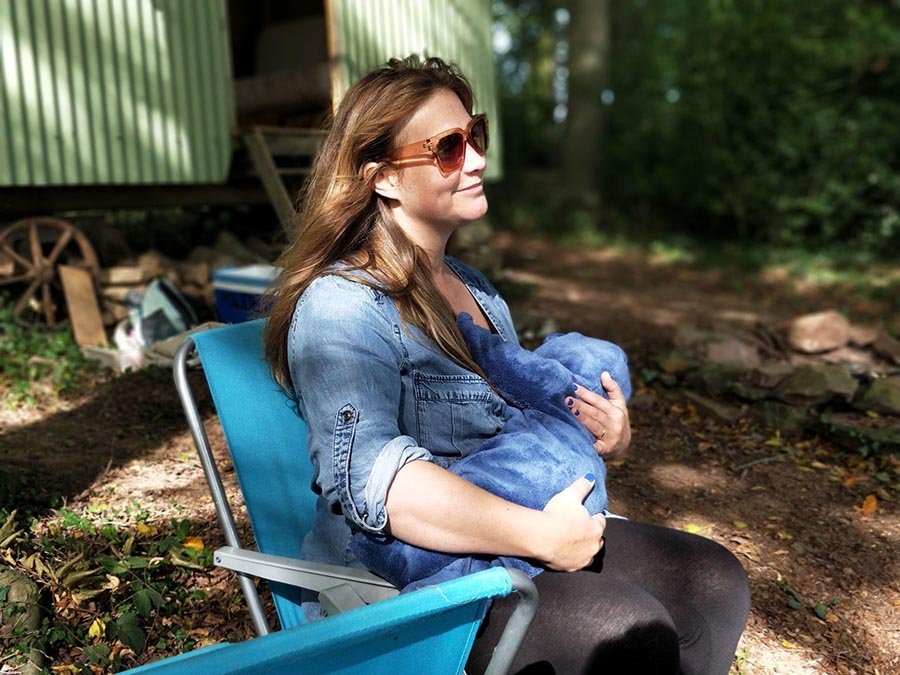Your baby needs a good latch to acquire enough milk while nursing, but this isn’t always simple to do. Here’s some guidance from the pros to help him comfortably and correctly latch on.
1. Ensure a Correct Latching Position
Make sure your baby’s head, neck, and spine are straight and not twisted before you begin nursing, regardless of the position you pick. He ought to have his chin up, not lowered toward his chest. Ensure that you are comfortable as well by using pillows or cushions to support your arms, back, or infant.
2. Help Your Baby Open His Mouth
Hold your infant close so that your nipple is at nose level. Encourage him to open his mouth wide by gently brushing your nipple against his top lip. The easier it will be to cling onto him, the broader his mouth will be.
3. Ease Your Baby Towards Your Breast
Bring your infant to your breast while directing your nipple at the top of his mouth once he has opened his mouth widely and placed his tongue over his bottom gum. First thing that should touch your breast should be your baby’s chin. We all have different-sized areolae and different-sized kids, so it’s okay if you notice that some of your areola isn’t in his mouth. He should take a big piece of your areola into his mouth, with his bottom lip and jaw covering more of the underbelly of the areola. Some mothers find it helpful to gently shape their breasts when they bring their baby on to feed. Try several things to see what works.
4. Hold Your Baby Close When Latched On
It’s important to keep in mind that every mother has a distinct breast shape and nipple location, so you might not always have a “textbook” latch. Always keep your infant near to you, so that his chin rests on your breast. The nostrils of new-born babies are tilted up so they may breathe comfortably while being held against the breast and can quickly learn to coordinate sucking and breathing.
5. Observe Your Baby’s Movements
Your kid will feed with your breast against the roof of his mouth and his tongue lightly cupped underneath. The clasp shouldn’t be uncomfortable; rather, it should feel more like a tugging. Watch your baby; at initially, he’ll take quick, short suctions to get your milk flowing (let-down reflex). If milk is being ingested, he will likely sucke more slowly, deeply, and with pauses. This is a positive indication! As he feeds, you should be able to watch his jaw move and even hear him sucking and swallowing. All of these are positive indicators, but you should also make sure your kid is putting out a sufficient amount of poop and waste and is gaining weight as planned.
6. Readjust the Latch as Necessary
Remove your baby from your breast and try again if the latch is unpleasant or shallow, or if he starts biting on your nipple or touching the end of it with his tongue. If necessary, gently slide a clean finger inside the corner of his lips to release his suction.
When Latching is Too Painful
For some mothers, getting a good latch during breastfeeding can be frustrating, uncomfortable, or downright painful. Many mothers instead opt for electric breast pumps to provide milk on their own terms, with less pain involved and more flexibility – all useful benefits for a busy mum.
Author bio: Anita Browne is a Product Sales Manager for O’Flynn Medical, a leading Irish supplier of healthcare equipment, including electric breast pumps, hospital bed rental, and much more.


